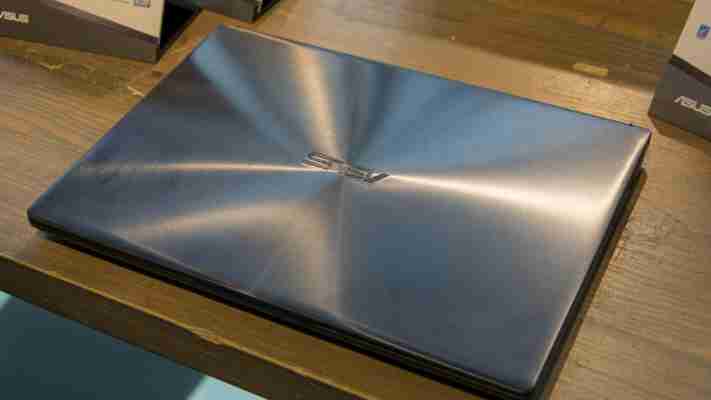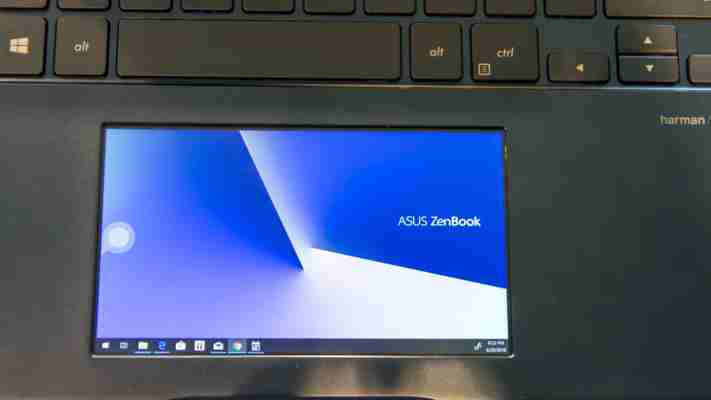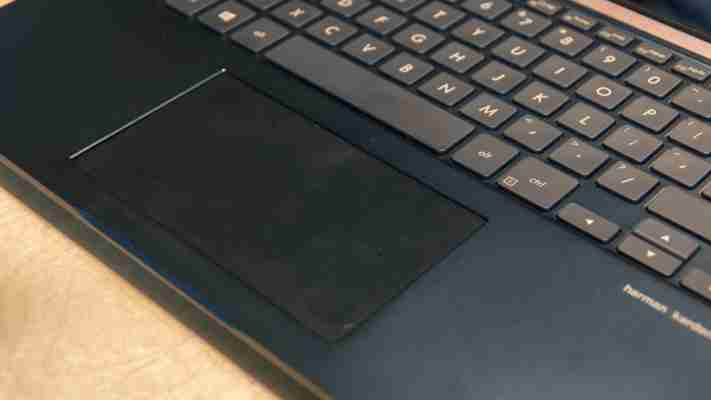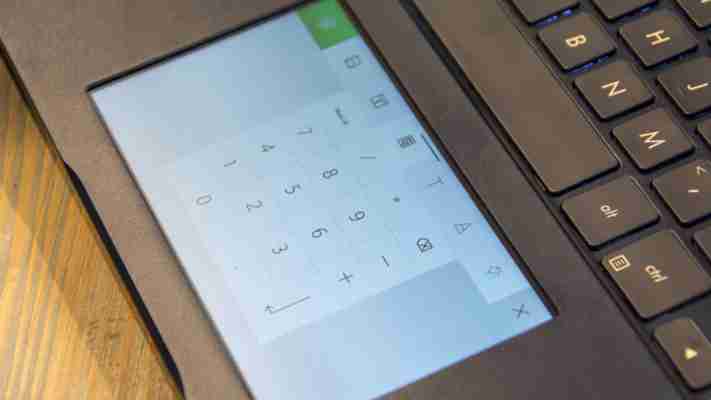Asus has come in strong at IFA 2018, showing off a grand total of eight laptops which will be released in the coming months. Granted, these are all the latest iterations of pre-existing lines, but there’s still plenty to talk about. Of the new range, the ZenBook Pro 14 is by far the most interesting.
This is a compact, portable notebook with high-performing specs aimed at a very specific audience of creative professionals. Apart from being an inch smaller, it may not seem that much different to the ZenBook Pro 15 , but this 2018 model also has an improved "ScreenPad", with additional apps and functions too.
READ NEXT: The best laptops you can buy in the UK
Asus ZenBook Pro 14 review: Key specifications, price and release date
14in 1,920x1,080 Full HD 16:9 touchscreen
Intel Core i7 processor, 8th generation
NVIDIA GeForce GTX 1050 Max-Q graphics
8GB to 16GB RAM
128GB to 1TB storage
70Wh battery
Windows 10 Pro
225 x 323 x 17.9mm
1.6kg
UK price: TBC
UK release date: October-November 2018 (TBC)
Asus ZenBook Pro 14 review: Design, key features and first impressions

The latest ZenBook Pros are Asus’ attempt to emulate the MacBook Pro Touch Bar, with the apparently revolutionary ScreenPad, a touchpad that doubles up as a miniature browser and touchscreen. While fun to play around with at first, it could quickly become a gimmick with little practical value for those who don’t work with Photoshop (or similar editing software) on a professional level.

This touchpad and touchscreen combo is supposed to streamline the way professionals work across various platforms. It has been optimised to work with Microsoft Office – enabling speedy data entry in Microsoft Excel, for example – and you can also use it to control music apps.
One of the ScreenPad's main features is its ability to full screen a web page while another appears on the main display, allowing the user to keep an image there for reference or follow along with a YouTube tutorial.

With the click of a button, you can switch the ScreenPad from touchpad mode to touchscreen, which transforms it into something resembling a smartphone screen – albeit a rather small and fiddly one.

The ScreenPad can be turned off by pressing F6 and selecting "Classic Touchpad" mode, which blacks out the mini-display and restores the ZenBook 14 Pro to an ordinary laptop.
A lot of people will probably end up doing this, because the ScreenPad’s uses are simply too niche. It could also do with being brighter – even at maximum brightness the full colour screen has poor viewing angles. It’s hard to imagine anyone using it for web browsing.
Asus refers to the ZenBook Pro 14 as a “timeless” design, meaning that not much has changed from previous entries in the ZenBook Pro line. Slight improvements have been made with the screen-to-bezel ratio, however, with a wafer thin 5.6mm bezel surrounding the 14in screen.
Asus ZenBook Pro 14 review: Early verdict
Though not revolutionary, the Asus ZenBook 14 Pro definitely brings something new to the market. For those who want creative versatility in addition to mobility and power, the ZenBook Pro 14’s ScreenPad and minimal weight provide a perfect solution.
I have reservations about the ScreenPad and its usefulness long term, but it could certainly work for artists and designers seeking a dynamic Windows-based laptop. Although it doesn’t have the top-end specifications of the 2018 ZenBook Pro 15 with its 8th gen Intel Core i9 processor, the ZenBook Pro 14 still packs a punch, and it comes in a much more portable package.
There’s no official UK price or release date for the Asus ZenBook Pro 14, but you should expect it to ship to our shores at some point between October and November this year.
